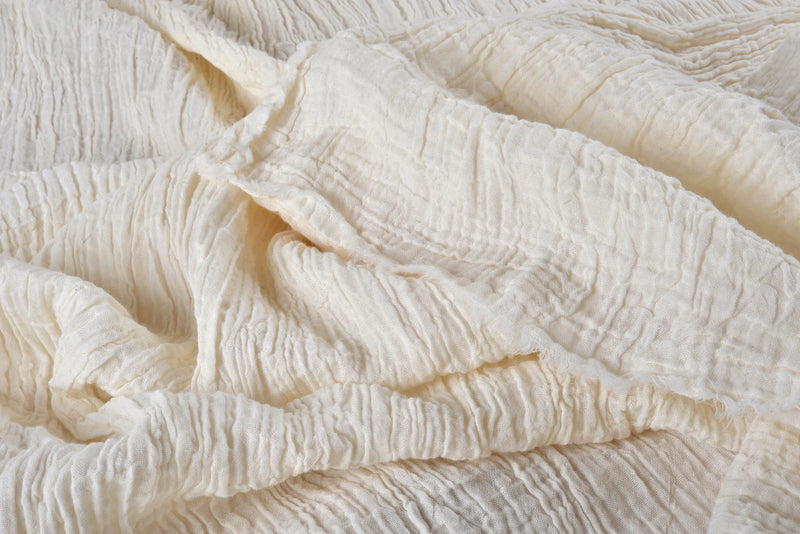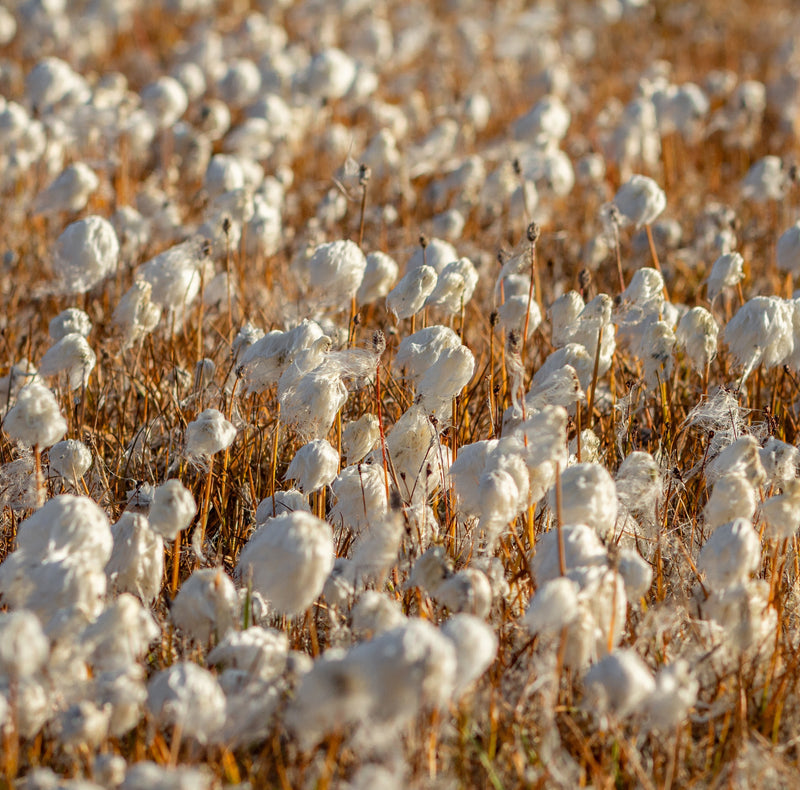AZO Dyes (Heavy Metals including Lead)
AZO dyes are synthetic colorants widely used in textiles. Some AZO dyes may break down into harmful chemicals, including heavy metals like lead, which can pose health risks, particularly to children. Lead is known for its neurotoxic effects on the developing brain.
Formaldehyde
Formaldehyde is a preservative and textile finishing agent. It's a known carcinogen and can cause skin and respiratory irritation. Exposure to formaldehyde is a concern, especially for infants who have more sensitive skin and respiratory systems.
Phthalates
Phthalates are chemicals used to make plastics more flexible. They are also used in some synthetic fabrics. Phthalates can disrupt hormone systems and have been linked to developmental and reproductive issues in children.
Toxic Waterproofing (DWR - Durable Water Repellent)
DWR is often used on outdoor clothing to repel water. Some DWR formulations contain per- and polyfluoroalkyl substances (PFAS), which are persistent and harmful to human health and the environment.
PFCs (Per- and Polyfluoroalkyl Substances)
PFCs are used in various products, including some textiles, for their water and grease-resistant properties. These chemicals have been associated with various health concerns, including developmental issues, immune system suppression, and cancer.
Flame Retardants
Flame retardants are added to textiles to reduce flammability. Some flame retardants are toxic and can lead to health problems, including hormonal disruption, developmental issues, and even cancer.
Nonylphenol Ethoxylate (NPE)
NPEs are surfactants used in textile processing. They can break down into nonylphenols, which are endocrine disruptors, harming hormone systems in the body.Chlorine Bleach
Chlorine bleach is used for whitening textiles. It releases toxic fumes and can cause skin and respiratory irritation. It's also an environmental concern due to its potential to form harmful byproducts.
VOCs (Volatile Organic Compounds)
VOCs are emitted as gases from certain solids or liquids. Some textiles can emit VOCs, contributing to indoor air pollution. Prolonged exposure to VOCs can lead to various health issues.
Ammonia
Ammonia is sometimes used in textile manufacturing. It's an irritant to the eyes, skin, and respiratory system.
Pesticides including Glyphosate
Glyphosate is a widely used pesticide. Residues of pesticides can be found in non-organic fabrics. Prolonged exposure to pesticides can have adverse health effects.
Petroleum Fossil Fuels
Some synthetic textiles are derived from petroleum. The production of these textiles contributes to environmental pollution and resource depletion.
This is where the importance of selecting clothing crafted from safer materials, such as organic textiles and employing gentle, low-impact or natural dyes, truly shines. By making this choice, you're actively taking steps to safeguard yourself and your loved ones from potential harm. It's a friendly gesture towards well-being and the environment, one that shows your commitment to a healthier and more sustainable lifestyle.






